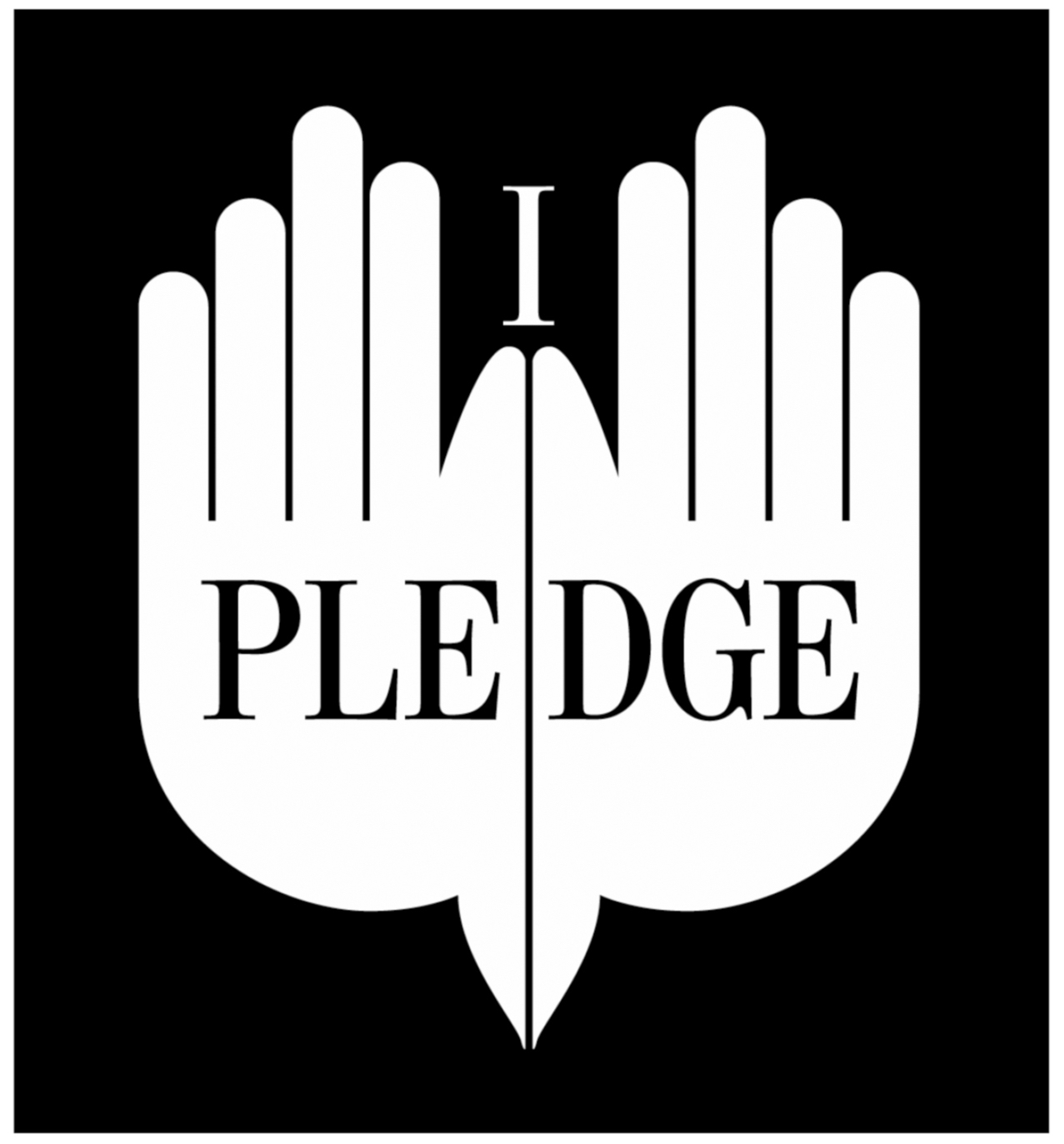Letter to Educators
To: Educators and Prevention Professionals
Fr: Mary Lewis Grow, Founder and National Director, The Student Pledge Against Gun Violence
Re: Gun Violence Prevention Program for Young People
I. The Student Pledge Against Gun Violence
I am writing to acquaint you with a national youth anti-gun-violence campaign, the Student Pledge Against Gun Violence, and to encourage you to introduce it into your schools. Since 1996, the Student Pledge has provided an important vehicle for beginning the dialogue with young people about the inappropriate use of guns to settle personal scores or problems.
More than ten million young people nationwide have participated in the program since it began. The Student Pledge was supported at its inception by unanimous US Senate Resolution and presidential proclamation and endorse since then by most major national educational organizations, as well as many state governors.
The program began out of the conviction that young people need to be connected to the issue of youth gun violence in a way that suggests their own power to help change it. In October, elementary, middle, and high school students will have the chance to sign a voluntary contract in which they promise never to bring a gun to school, never to resolve a personal problem or dispute with a gun, and to use their influence with their friends to keep them from solving problems with guns. A different pledge is used for elementary-aged children.
The signing of the Pledge is the cornerstone of a Day of National Concern about Young People and Gun Violence, often weeks in the planning, that may include school assemblies, speakers, rallies, essay and poetry contests, displays of art work publicizing the toll of gun violence, and the beginning of many conversations between students and adults about gun violence.
II. Why Involve Your Schools?
It is natural, when an unspeakable tragedy such as a school shooting occurs, to tell ourselves that similar tragedies are unlikely to happen near us. The sad reality is that any community with an angry or depressed young person who has access to a firearm is only a trigger-pull away from tragedy.
And while school shootings are relatively rare, most major American cities lose too many young people to gun violence.
While there is no way to give young people an absolute bullet-proof shield against such events, there are things that schools and community leaders can do to help students become actively committed to their own and their peers' safety.
III. Recommendations
- Talk with young people about appropriate and inappropriate ways to solve problems. Begin the conversation! With literally thousands of American children and young people dying from gunshot each year, we need to talk with students about the problem and ways of preventing it.
- Honor the role that young people themselves can play in helping to solve the problems that affect them. We need to give them a voice. I have been struck, following each school shooting, by the panels of adults that assemble to discuss what to do about youth violence, with no acknowledgement for the need to bring young people themselves to the table.
- Tell young people, again and again, that they matter to us, and that their decisions matter -- not only to themselves and their families but to their communities. We are all links in a chain, and that which affects them affects all of us. When things in their lives are broken, something in our community breaks, too. We need to offer ourselves as collaborators and listeners in thinking out healthy ways to deal with problems.
- Encourage teachers to look for ways to integrate discussions about solving problems non-violently into academic subjects, without diluting or watering down the content areas of teaching. really good discussions about avoiding life-threatening behaviors can be woven into literature classes, social studies, and all of the arts (see our drop-down menu "Resources" above).
The Student Pledge should be much more than a piece of paper that comes out at a given moment on the Day of National Concern. It is important to create a meaningful context for the observance, a context that community members as well as educators can help provide.
I'll close by quoting an email that I've saved from a guidance counselor in New York City whose school participated in the Student Pledge and the Day of National Concern. She wrote:
"We dedicated the entire day to bring our children [middle-school students] passionate speakers that brought home the results of violence and encouraged this pledge against it. These speakers made children realize that they have a choice about how they live in this world and that the wrong choices can lead to tragedy and loss.
"This day was certainly the high point of my career. Students were deeply affected by this day and have written personal notes to the speakers telling them that their lives were changed because of their messages. My colleagues that worked together on this day all share in this feeling and are committed to continue this kind of work."
Sincerely,
Mary Lewis Grow
